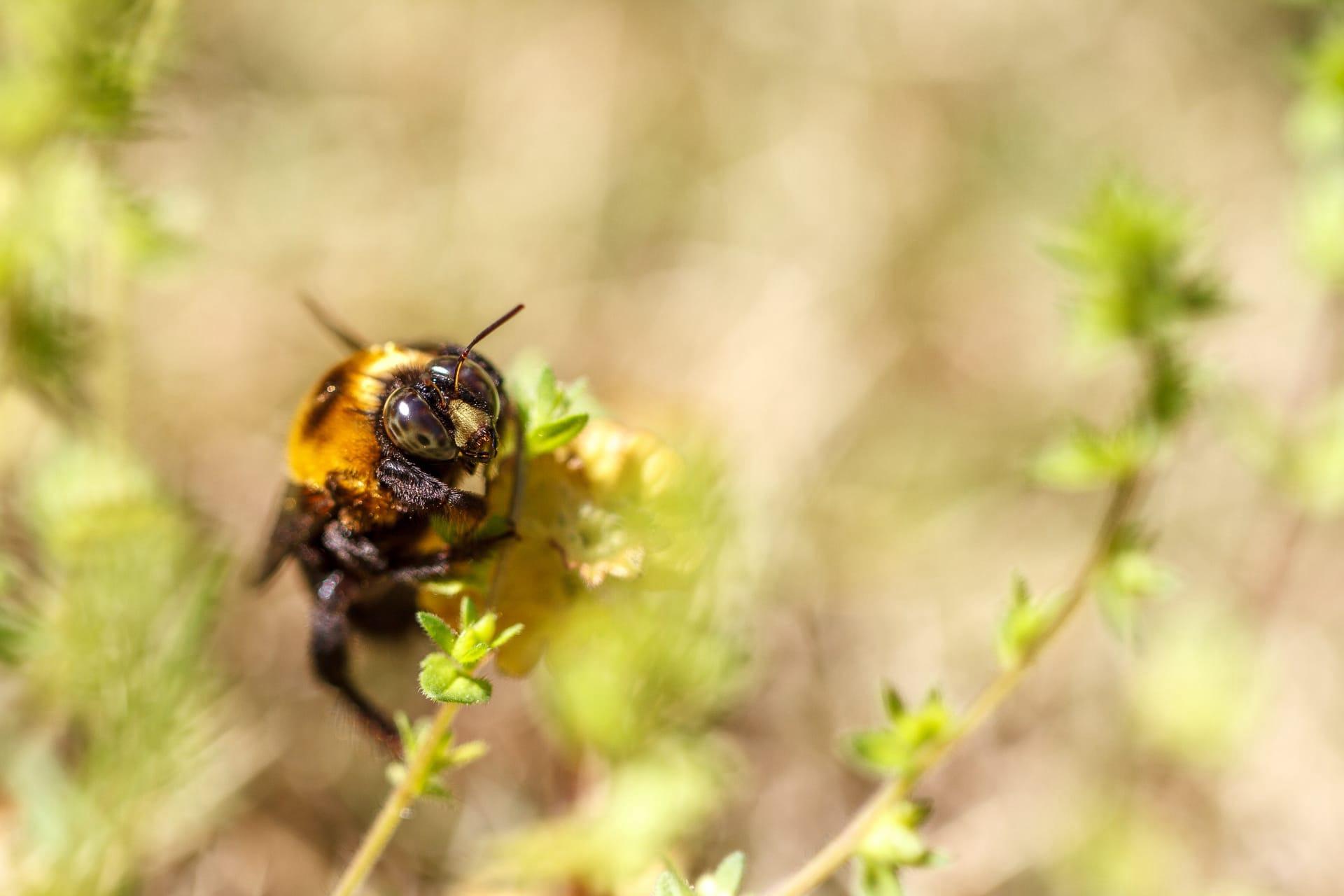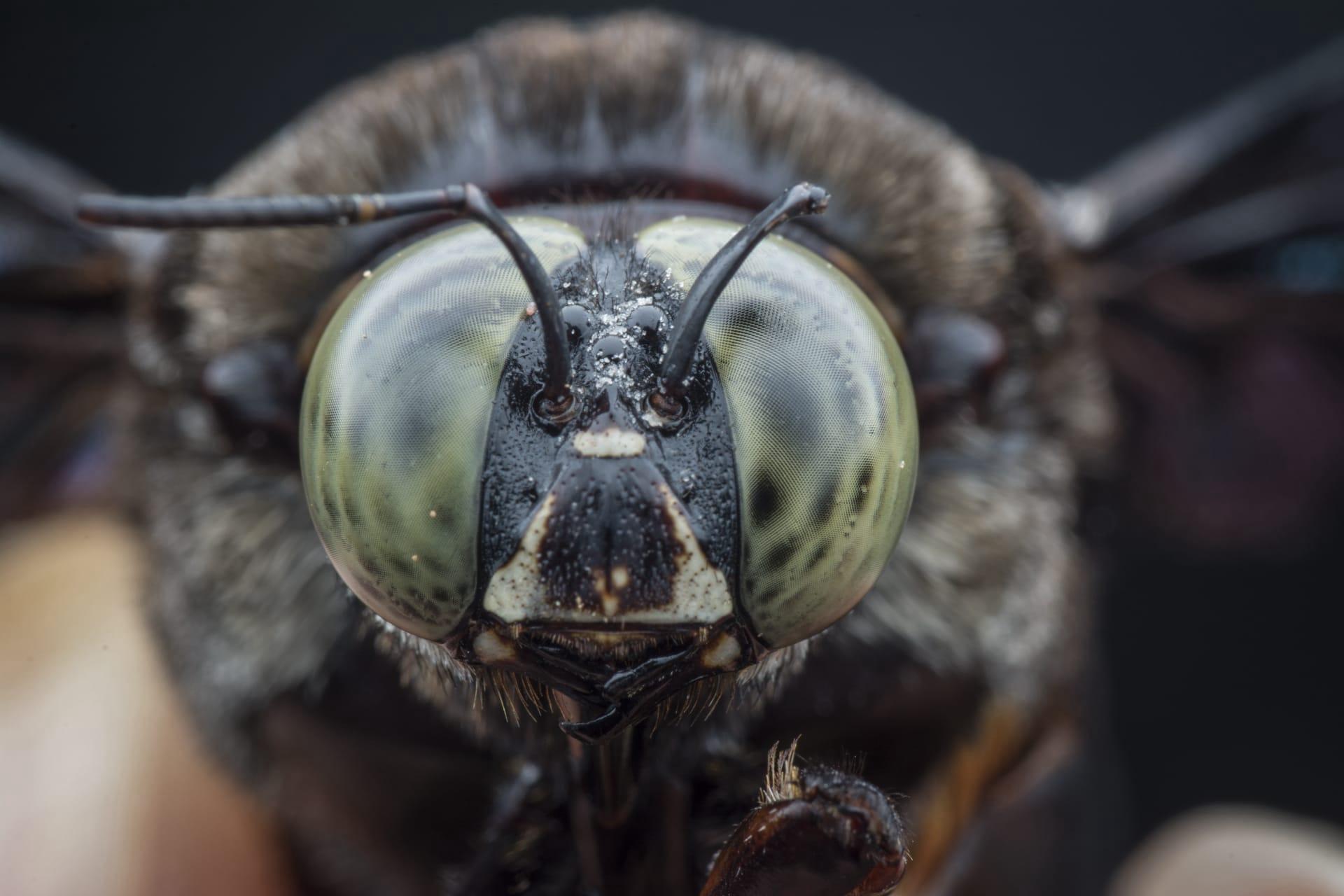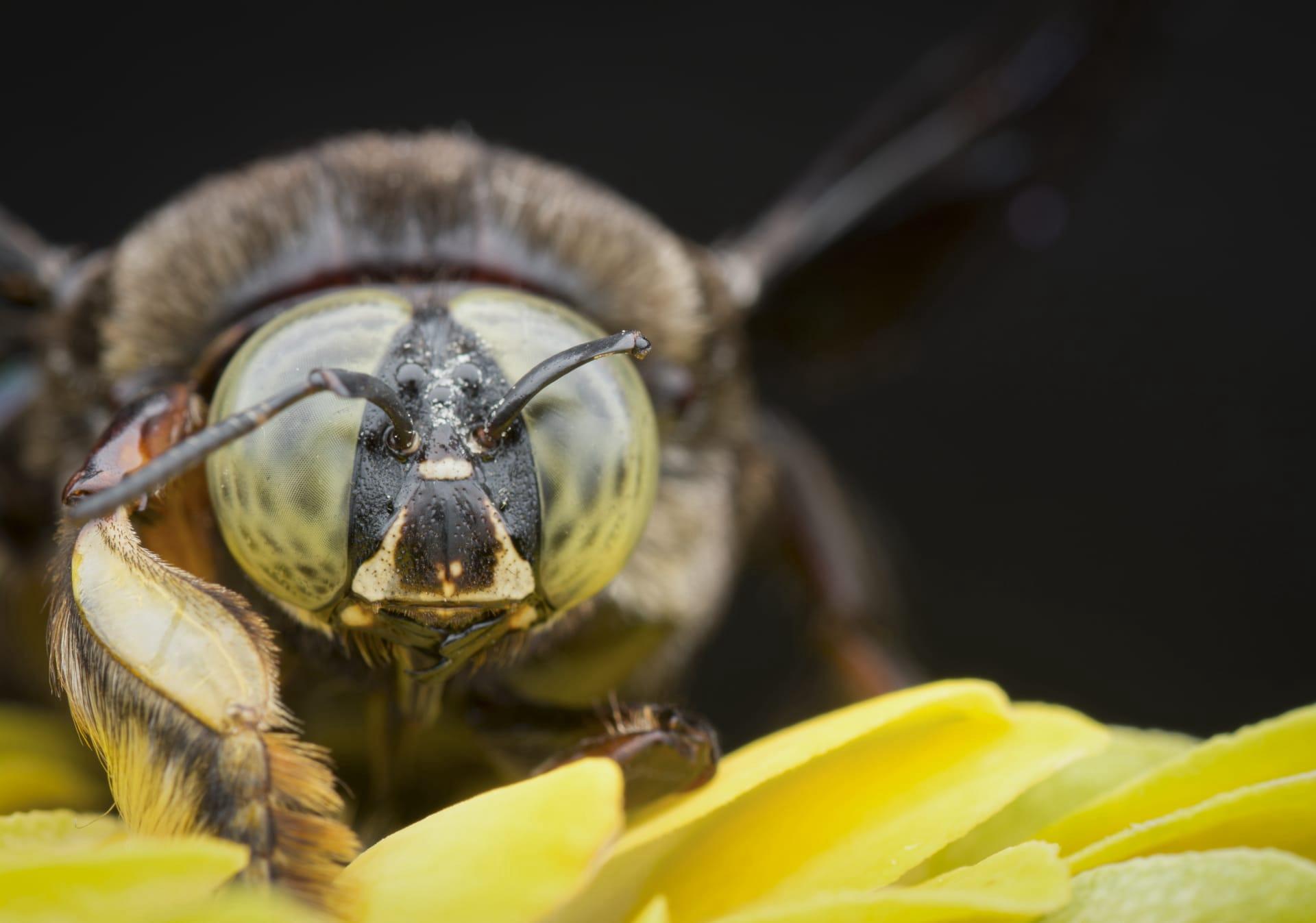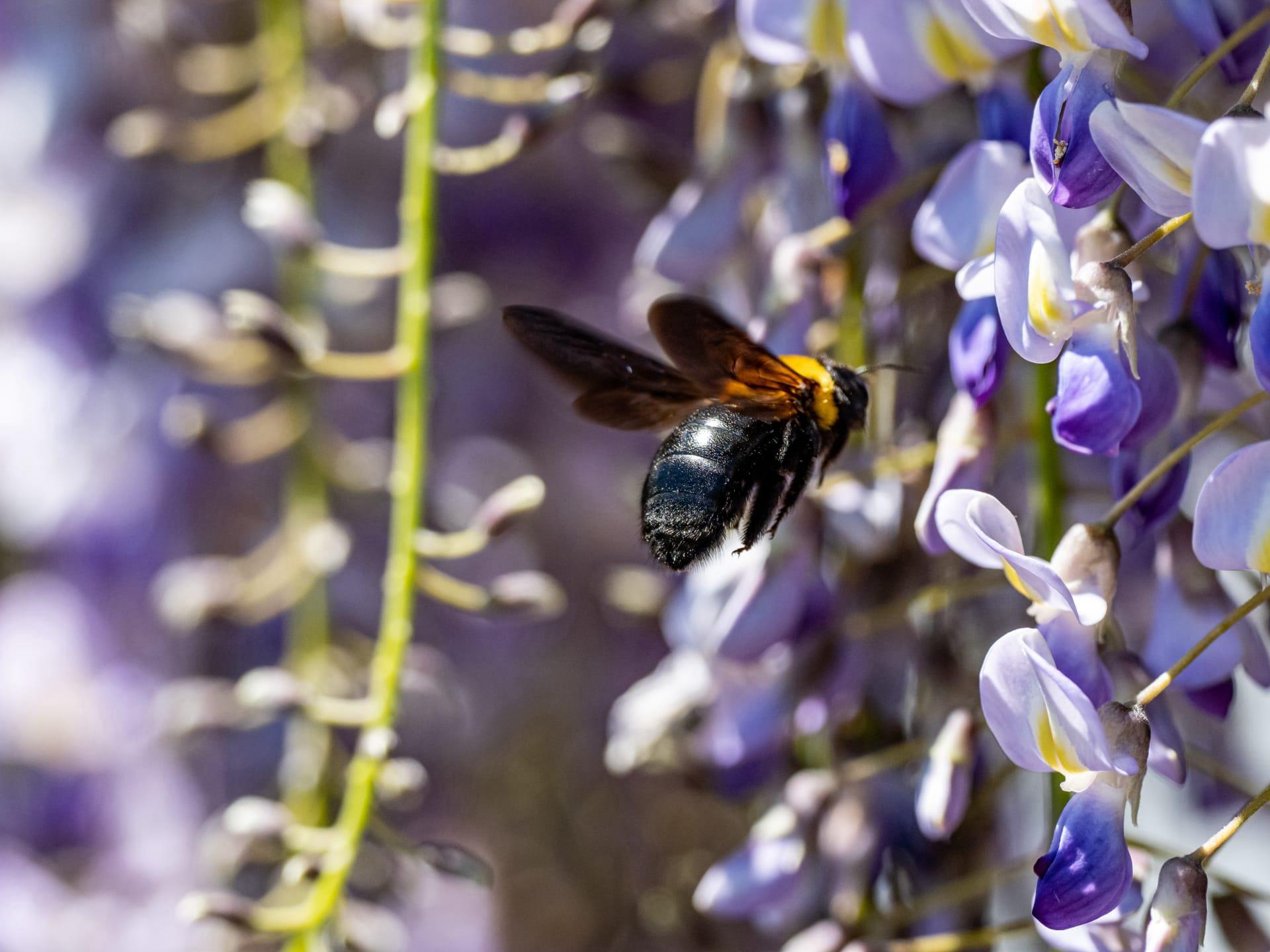Carpenter Bee Trivia
- Home /
- Trivia Question /
- Animal /
- Carpenter Bee Trivia
1
Question: How do carpenter bees create their nests?
Answer: Carpenter bees are unique in their nesting habits. They bore into wood, creating tunnels up to 10 inches long and half an inch in diameter. These bees prefer weathered or unpainted wood for their nests. The female bee uses her strong mandibles to excavate the tunnel, which serves as a nursery for her eggs and a safe haven from predators.
Question: What distinguishes the male and female carpenter bee?
Answer: The most noticeable difference between male and female carpenter bees is their appearance. Males often have a white or yellow face, while females have a black face. Males are also more likely to be seen hovering outside the nest, acting as guards. Interestingly, male carpenter bees cannot sting, whereas females can but usually sting only when provoked.

2
Question: Is it true that carpenter bees are destructive to homes?
Answer: While carpenter bees do bore into wood, their impact on a house's structural integrity is minimal compared to pests like termites. They typically infest areas already exposed to damage, such as eaves and window trim. However, repeated nesting over years can lead to cosmetic damage, which can be prevented by painting or treating wood surfaces.
Question: Do carpenter bees produce honey?
Answer: Unlike honeybees, carpenter bees do not produce honey or live in colonies. Each female carpenter bee is independent, responsible for her own nest and offspring. They do collect pollen and nectar for feeding their larvae, but they do not produce or store excess honey.

3
Question: How do carpenter bees communicate with each other?
Answer: Carpenter bees are solitary creatures, and their communication is not as complex as social bees like honeybees. However, they use body language and pheromones to communicate. For instance, the male carpenter bee's aggressive hovering and darting movements are a way to ward off intruders and attract mates.
Question: Can carpenter bees cause allergic reactions?
Answer: Yes, like other bees, carpenter bees can cause allergic reactions in some people. Although female carpenter bees can sting, they rarely do unless directly handled or provoked. Their sting can cause a reaction similar to other bee stings, ranging from mild irritation to severe allergic reactions in hypersensitive individuals.

4
Question: What role do carpenter bees play in the ecosystem?
Answer: Carpenter bees are important pollinators, especially for open-faced flowers. Their size allows them to effectively transfer pollen between flowers, aiding in plant reproduction. They are particularly vital in areas where other pollinators are scarce, making them an essential component of their local ecosystems.
Question: How long do carpenter bees live?
Answer: The lifespan of a carpenter bee is typically about one year. They emerge in late spring, mate, and the females lay eggs. The larvae develop over the summer and emerge as adults in late summer. These adults will then overwinter in abandoned nest tunnels or other shelters and emerge the next spring to start the cycle anew.

5
Question: What predators do carpenter bees face?
Answer: Carpenter bees have several natural predators, including woodpeckers, which are attracted to their nests. Woodpeckers can hear the bees inside the wood and will peck holes to eat them. Additionally, spiders, birds, and even some large insects prey on adult carpenter bees.
Question: Are carpenter bees solitary or social?
Answer: Carpenter bees are predominantly solitary insects. Each female bee makes her own nest, where she lays eggs and cares for her offspring alone. Unlike honeybees or bumblebees, they do not form colonies or have a social structure. However, sometimes several females may nest close to each other if the conditions are favorable.